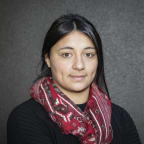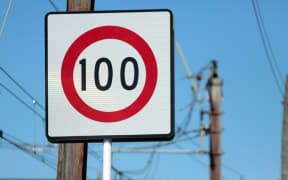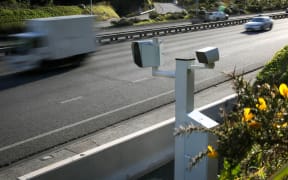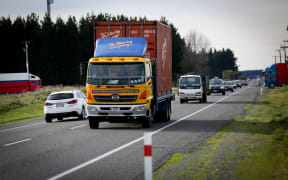Iwi in the Far North have renewed calls for the speed limit outside Mahimaru Marae to be slashed in half, after a car crashed into the marae ātea - taking out two palm trees and a power pole.
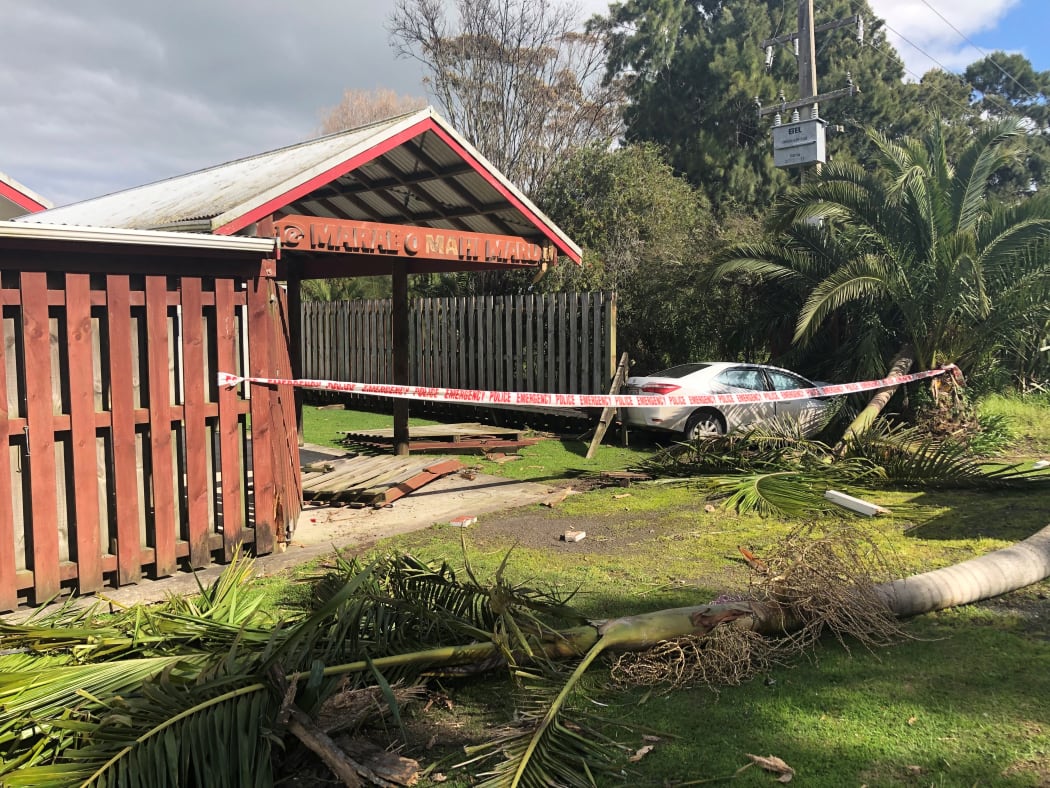
Damage to the Mahimaru marae following the crash. Photo: Supplied / Peter Lucas
Ngāi Takoto and neighbouring iwi have been calling for the change to State Highway 10 for the last 20 years, and now ask how much more damage it will take before they are heard.
The vehicle was travelling at 100km/h when it swerved on the road between Tapia and Awanui, and crashed into the fence outside the marae ātea on Monday.
Peter-Lucas Jones said the incident could have been deadly.
"A British tourist ran off the road, demolishing the marae ātea fence, and destroyed part of the māhau of the tomokanga," he said.
"Had a hui, a tangihanga or any other traditional gathering been happening at the marae, lives would have been lost."
He said his whānau, and neighbouring iwi Ngāti Kahu, which has a marae 300m down the road, had been calling for the speed limit to be reduced for 23 years.
There had been 151 crashes on this stretch of highway between 2009 and 2018, resulting in three deaths and 12 serious injuries.
The Transport Agency said the speed limit was currently under review, and it was considering reducing it to 80km/h.
But the chief executive of Te Rūnanga o Ngāti Kahu, Anahera Herbert-Graves, said she wanted the limit cut to 50km/h.
"We've just had near-miss accidents, [and] several fatalities in that time," she said.
"When you go through Coopers Beach in Cable Bay you have to reduce down to sixty through those settlements. What the heck is the difference?
"On the stretch of road we're talking about there's a kōhanga reo, two marae, several ECE home-based centres, fifteen bus stops, children coming and going, [and] we've got our church and urupā."
She said if the speed limit didn't change soon, her people would take the matter into their own hands.
"All we've gotten so far is some double yellow lines, signage showing children crossing the roads, as well as speed back signs. That's it, in 23 years," she said.
"Basically, we've said to them, if you don't do it we'll take steps ourselves. Our tamariki have already painted the signs. We're having to put high-vis vests on our children so that they will be seen by vehicles travelling through our settlement."
Police have confirmed they are investigating the crash, but no charges have been laid.
Mr Jones didn't believe that was not good enough.
"We are being regarded as invisible. We have to ask ourselves whether or not a young Māori man, or woman, would've been treated the same way by just receiving a warning," he said.
"Had this been a school, had it been a gathering place of non-Māori, the whole situations would have been treated differently."
Ms Herbert-Graves agreed something didn't add up.
"I think the big difference between Coopers Beach in Cable Bay is that you've got largely tauiwi populations there," she said.
"Whereas here, in Kareponia Awanui, you've got Māori. Almost entirely Māori. We're easily overlooked."
In the meantime, whānau are set to hold karakia to restore the balance and mauri of the marae ātea.
And they hope drivers will slow down before any more harm is done.
